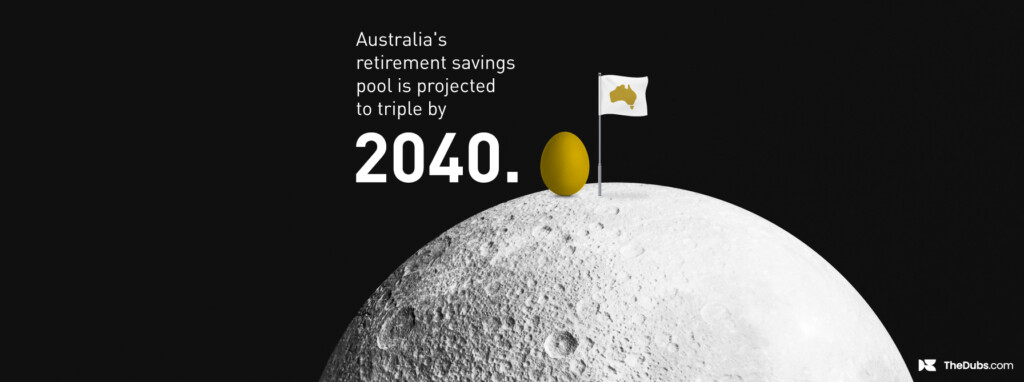Born after 1995, Gen Z follows in their millennial predecessors’ footsteps as being tech-savvy and thirsty for knowledge. In 2019, Gen Z outnumbered millennials, making up 32% of the world’s 7.7 billion-person population according to Bloomberg. And with a growing number of the cohort joining the multi-generational workforce, are finance brands doing enough to capture this demographic or are they missing an opportunity by being grouped together with their millennial cousins?
Managing director at The Dubs, Josh Frith says “banks and other finance brands need to adapt their marketing if they’re going to keep up with Gen Z. This is a demographic that’s reshaping customer habits and they need finance brands to meet the high expectations they’ve grown to experience from other brands like Uber, Netflix and Instagram.”
“ Banks and other finance brands need to adapt their marketing if they’re going to keep up with Gen Z.”
Gen Z has a strong spending power of $44 billion annually which means it’s time for finance marketers to tailor their approach accordingly if they want to capture the revenue opportunity they represent.
Aligning with Gen Z’s values
According to Forbes, “[Gen Z] prefer companies that oppose poverty and support green policies and human rights – and they will choose these companies.” Superannuation and pension funds should take note and understand that this growing demographic are willing to put their money in line with their values. A 2020 report from the Responsible Investment Association Australia (RIAA) found that “younger generations, including Millennials and Gen Z, are the segments most likely to act on their beliefs and switch their money to financial institutions that deliver them quality and trustworthy responsible investments.”
Responding to client and industry sentiment, earlier this year the world’s largest asset manager BlackRock announced plans to place climate considerations at the centre of its investment approach, adding climate change to the list of considerations for finance brands.
[dianomi]
Be relevant to gain a customer for life
UK retail bank, Natwest successfully captured the attention of a younger audience by offering students rail discounts for opening a new account. By capturing customers early as they started university, Natwest was able to nurture its audience at the cusp of the big milestone moments — like getting a job and entering full-time work. “Engaging customers as early in their life cycle as possible — and giving them positive first-time experiences with products — could lead to trust, habit formation, and brand relationships that last a lifetime,” says The Business Insider Intelligence in its report Banking and Payments for Gen Z.
Tailoring finance content for Gen Z
In Australia, CBA is one of the only retail banks creating finance content aimed directly at a younger generation with educational and interactive games. By producing content that’s tailored specially to Gen Z, CBA is building a relationship directly with this digitally savvy audience in comparison to other financial institutions that communicate to parents or caregivers. The Business Insider Intelligence report says, “banks can take a two-pronged strategy to target parents, who influence users’ choice in providers, while also communicating with Gen Z directly on social platforms to reach these users without a middleman”.
Addressing the financial literacy gap
Gen Z don’t love BS (branded stuff) and they can quickly sniff out when brands are being inauthentic or pushing a hard sales message. It’s important for financial marketers to be producing content that’s educational and engaging and focused on customer needs first and foremost. Gen Z are thirsty to find out more and have a strong appetite for financial education so brands have an opportunity to help them manage their money better. goHenry, Squirrel, Cleo, and Yolt are good examples of fintechs working to fill the financial literacy gap in the UK but there’s room for traditional finance brands to up their game. It’s not just Gen Z that would benefit from this content – it could be catering to the 49% of Brits who would trust their bank to provide money management information.
By delivering more honest and educational content to Gen Z, finance brands can unlock huge potential and create brand loyalty with an audience that’s looking for authentic and sustainable partnerships.
Unsure how to speak the language of Gen Z? The Dubs can help.









